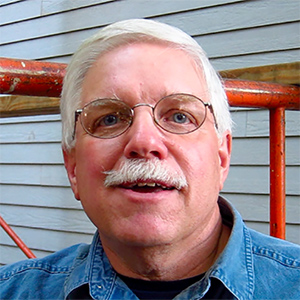Home & Leisure
/ArcaMax
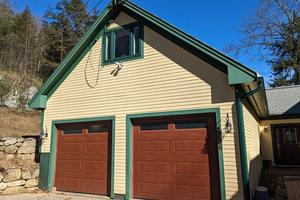
Ask the Builder: Nearly all garages share this flaw
Two weeks ago, on a whim, I recorded a 60-second video and uploaded it on YouTube. I wanted to discuss one of the biggest mistakes I see over and over again in the design of the common garage.
Within 24 hours, this short unscripted video was watched over 8,400 times. Folks left quite a few comments lamenting this same defect in their own ...Read more
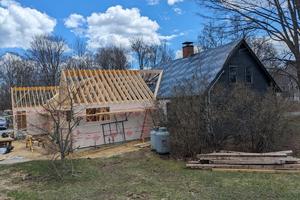
Ask the Builder: Need a bigger house? Add a room or two or three
Are you feeling pinched by the current economy? I know I am. I shop each week at the grocery store to give my lovely wife a break. She did it for the previous 45 years. Gasoline, food, insurance costs and interest rates are all way up with no end in sight. Your plans to move to a larger home may now be on a cool back burner.
The good news is ...Read more
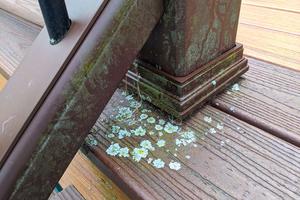
Ask the Builder: Deck sealer dilemma
You might be one of the countless homeowners frustrated with the annual or biannual task of cleaning and sealing your wood deck. I’m right there with you, as I have to deal with my wood dock and the stairs leading to it. It’s a wretched job that can span days. It’s no wonder you might be drawn to the composite decking displays at local ...Read more
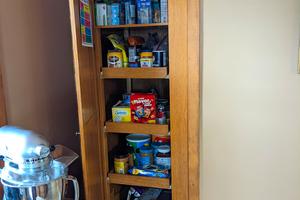
Ask the Builder: Secret hiding places aplenty in your home
I’m in the final stages of writing a book that contains hundreds of hacks that you might want to incorporate into your home. I got lots of help from many of my newsletter subscribers, who shared some of their best ideas. It’s been a fun project.
The two categories that received the most response were electrical and secret storage. Thousands...Read more
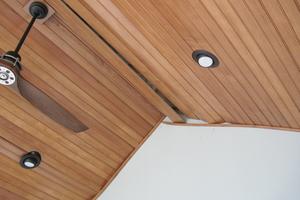
Ask the Builder: Wood needs room to swell and shrink as moisture level changes
Wood is a true gift from God. We tend not to think of trees as an agricultural crop like tomatoes, wheat or corn, but in many cases they're not much different.
Any farmer who is lucky enough to have a stand of maple trees, AKA a "sugar bush," will tell you that his first crop of the year is maple syrup. Then, of course, there's the lumber value...Read more
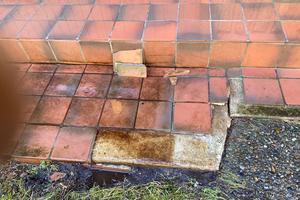
Ask the Builder: Installing ceramic tile outdoors
A fellow amateur radio operator reached out to me several days ago. My vanity call sign was coined after my Ask the Builder business. It’s W3ATB. The W3 stands for www for my AsktheBuilder.com website. This operator knew I’d be able to answer his question.
He lives in Coeur d’Alene, Idaho. Thirty years ago, a tile contractor installed ...Read more
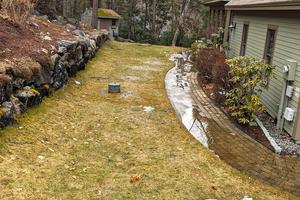
Ask the Builder: Don’t sign contracts for unneeded work
Two days before writing this column, I saved an Ohio homeowner $30,000. He had stumbled across my website, and he saw that I consult with readers on the phone. Water was ponding against his house foundation, and he was considering signing a contract with a waterproofing company for the above amount.
Once I studied the photographs he sent me, I ...Read more
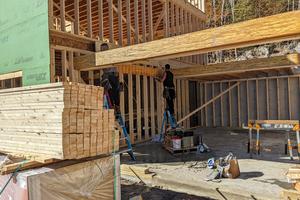
Ask the Builder: Beware of how-not-to-do-it videos on YouTube
You may think that YouTube is an oasis of helpful home improvement videos. After all, anyone with a smartphone can upload a video in seconds. Each week I scour YouTube for videos I feel may help you save time and money. With each passing day, I’m convinced that YouTube is a cesspool of bad advice. For every decent video that contains good ...Read more
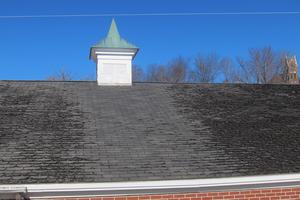
Ask the Builder: Beware egotistical and closed-minded contractors
A few weeks ago, I shared a true story with you about my failed asphalt shingle roof. If you remember, it had a 30-year warranty, and after just 12years it began to experience catastrophic failure. Looking back now, I shared the wrong photograph with you. I showed you a picture of my daughter’s new roof with copper strips on it. I should have ...Read more
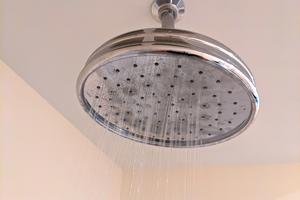
Ask the Builder: Deluxe remodeled shower with abysmal water flow
Each week, I extract quite a few homeowners like you from wretched remodeling or home-building quagmires. I do it with a phone or video call. In almost all cases, the root causes of the dilemmas are poor plans, sketchy or nonexistent specifications, and misplaced trust.
A week ago, a middle-aged woman was lamenting her luxury master shower ...Read more
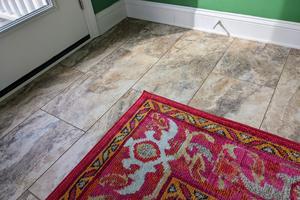
Ask the Builder: Luxury vinyl plank plus area rug equals a winning combination
Several months ago I shared a story about my first experience with luxury vinyl plank (LVP) flooring. I installed the LVP in a basement room that experienced water damage caused by a leaking water pipe. The product was affordable, it was easy to install, and after six months it looks as good as the day it was put down.
My son saw the floor and ...Read more
